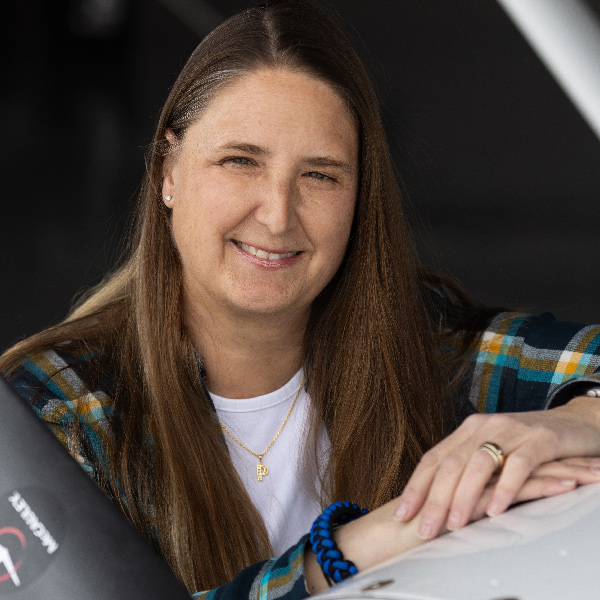Training and Safety Tip: Know your tech
More and more general aviation pilots are taking advantage of and benefiting from modern technologies in the cockpit.
When flying a new-to-you aircraft, there are a lot of things to learn. Critical speeds, for example, or how to manage weight and balance, or how the aircraft responds to the flight controls both on the ground and in the air.
Modern technologies like avionics and iPads have revolutionized GA. Pilots now have powerful tools at their fingertips to help improve situational awareness, as well as the overall safety of any flight. It’s possible to monitor weather, navigate more accurately, and avoid traffic, to name just a few of the many useful qualities of a well-appointed aircraft. But without the correct introduction to and instruction on these powerful tools, the systems can become more hazardous than helpful.
The autopilot in particular—if you have one—plays an important role in helping manage pilot workload, especially in high-workload situations. And who wouldn’t want a little helping hand while occupied with controlling the aircraft and ensuring all its mechanical systems are happy and healthy, navigating a course, scanning for traffic or ground-based dangers like rising terrain, speaking on the radio, and watching for clouds?
That’s really not the time to be fiddling with your aircraft’s advanced electronics or engaging in a hands-on ForeFlight tutorial.
Reading the manual(s), thoroughly briefing the systems on the ground, and, if available, practicing with avionics simulators will all help you master the avionics long before you start the engine. Ideally, your preparation includes flight instruction, too, to test the equipment in a real-world situation.
You will learn, for example, that if you tell the autopilot to climb at a rate that the aircraft’s powerplant can’t support, something bad is going to happen fast. And while descending, you also want to make sure “Otto” is not going to fly you straight into the ground. If it unexpectedly develops a mind of its own, you need to be sure you know all the different ways you can disable it.
An autopilot following a preprogrammed flight plan can be a blessing when used correctly to avoid spatial disorientation, or to free up some headspace so you can focus on other tasks. It can also help reduce fatigue during long cross-country flights.
But whenever using automation of any kind, remember that its capabilities can also be overwhelming. Know before you go what you need to use, how to use it, in what contexts, and how to shut it off. An improvised in-flight introduction is a terrible idea.




